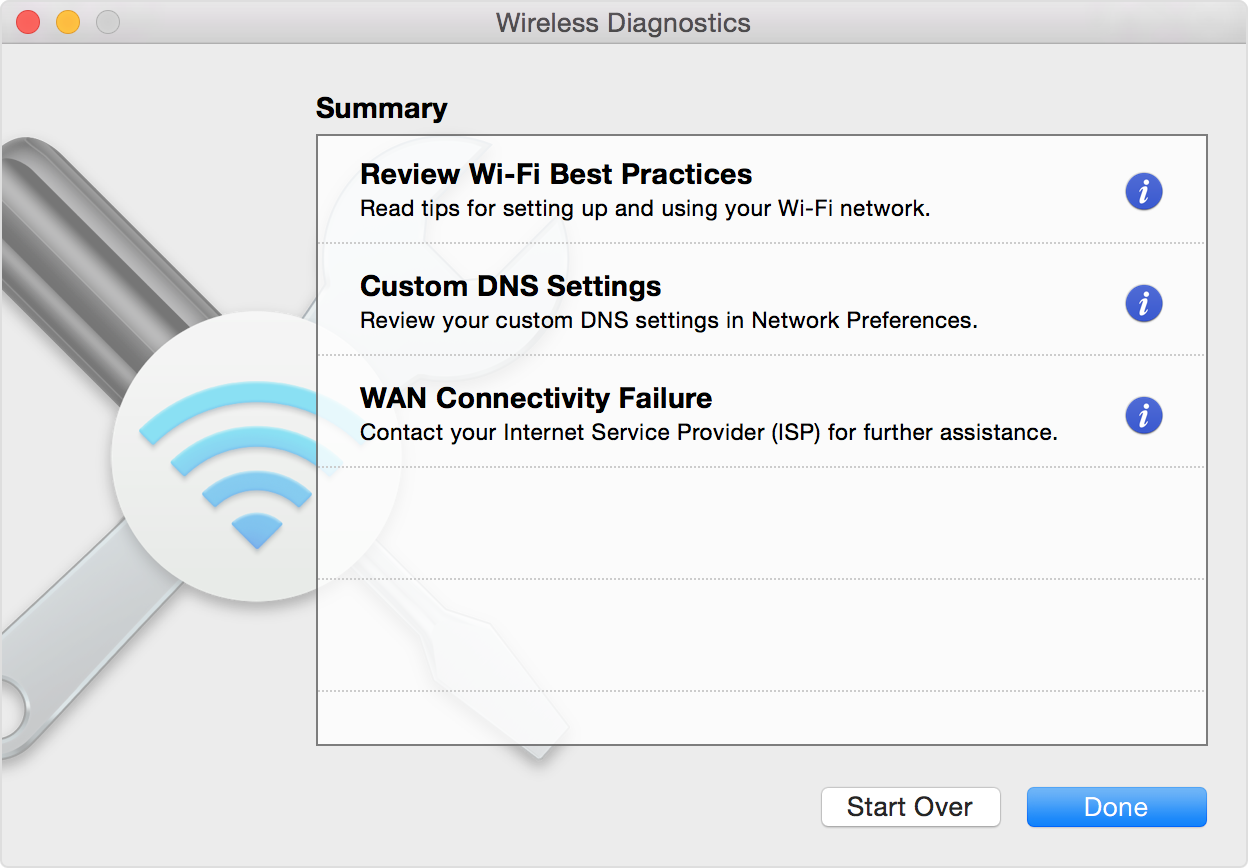What is Troubleshoot?
Troubleshooting refers to the process of identifying, isolating, and resolving problems or issues that arise in computer hardware, software, or network connections. The main goal of troubleshooting is to identify the root cause of a problem and find effective solutions to help restore the functionality of the system or device.

The process of troubleshooting often involves a series of tests or procedures that help narrow down the possible causes of the problem before identifying the most probable cause. Some common troubleshooting steps include verifying connectivity, checking settings and configurations, updating software or drivers, and performing hardware tests or diagnostics. Troubleshooting can be done either manually or with the help of specialized software tools.
Troubleshooting is necessary because problems and issues are bound to occur with various systems and devices over time. With proper troubleshooting procedures, it becomes easier to get the affected system or device back to normal functioning, saving time and resources in the long run.
Troubleshoot Wi-Fi Mac
If you’re experiencing issues with your Mac’s Wi-Fi connection, there are a few troubleshooting steps you can take to try and resolve the issue. Here are some suggestions:
- Check your Wi-Fi connection: Make sure that your Wi-Fi is turned on and that your Mac is connected to your Wi-Fi network. You can check your connection by clicking on the Wi-Fi icon in the menu bar at the top of your screen.
- Restart your Mac: Sometimes restarting your Mac can resolve Wi-Fi connectivity issues. Try restarting your Mac and see if the issue persists.
- Reset your Wi-Fi router: If restarting your Mac doesn’t work, try resetting your Wi-Fi router. This can often resolve connectivity issues. You can reset
- Check for software updates: Make sure that your Mac is running the latest version of macOS and that all software updates have been installed. This can often resolve issues with Wi-Fi connectivity.
- Forget and reconnect to Wi-Fi network: Sometimes forgetting the Wi-Fi network and reconnecting to it can resolve Wi-Fi connectivity issues. To do this, go to “System Preferences” > “Network” > select your Wi-Fi network > click on the “-” button to forget the network > click on the “+” button to add the network again and re-enter your password.
- Reset the Wi-Fi configuration: If all else fails, you can try resetting your Wi-Fi configuration. This will delete all saved Wi-Fi networks and reset your Wi-Fi settings to their default values. To do this, go to “System Preferences” > “Network” > select Wi-Fi > click on “Advanced” > click on “Reset Wi-Fi” at the bottom of the window.
If none of these steps resolve your Wi-Fi connectivity issue, you may need to contact Apple support or take your Mac to an authorized service provider for further assistance.
How can I contact Apple Support?
You can contact Apple Support in several ways:
- Apple Support Website: You can visit the Apple Support website and choose the product you need help with. You will be presented with various support options including chat, phone, or email.
- Apple Support App: You can download the Apple Support app on your iPhone, iPad or iPod touch. This app provides easy access to support articles and allows you to contact Apple Support through chat or phone.
- Phone Support: You can call Apple Support directly by dialing the phone number that corresponds to your region. The phone numbers can be found on the Apple Support website.
- Social Media: You can also contact Apple Support through social media platforms like Twitter, Facebook, or Instagram. Simply send them a message explaining your issue, and they will respond as soon as possible
- In-person Support: You can also visit an Apple Store or an authorized service provider to get in-person support. The staff at these locations can assist you with any issues you may be experiencing with your Apple device.
FAQs:
Q: What are some common issues with Wi-Fi connections on a Mac? A: Some common issues include slow Wi-Fi speeds, dropped connections, connection errors, and difficulty connecting to specific networks.
Q: How can I troubleshoot Wi-Fi connectivity issues on my Mac? A: Some troubleshooting steps include resetting your network settings, updating your software, checking your router settings, and resetting your router.
Q: What if the problem persists even after troubleshooting? A: If the issue persists, you might contact Apple Support or your Wi-Fi router manufacturer for further troubleshooting.
Q: How can I improve my Mac’s Wi-Fi connectivity? A: Some tips include updating to the latest software version, keeping your Mac physically close to the router, optimizing your router’s placement, and using Wi-Fi extender or booster if necessary.
Q: Can I upgrade my Mac’s Wi-Fi card? A: It depends on the model of your Mac. Some Mac models have built-in Wi-Fi cards while others may have upgradeable cards.
Conclusion:
Wi-Fi connectivity is a critical aspect of using a Mac, and issues can be frustrating to deal with. However, most issues can be resolved by following some simple troubleshooting steps, such as resetting network settings, updating software, and checking router settings. In some cases, it may be necessary to upgrade or replace your Wi-Fi hardware to resolve persistent connectivity issues. Always be sure to keep your Mac’s software up-to-date and keep your Wi-Fi router in good condition to ensure optimal Wi-Fi connectivity. If you are unable to resolve the issue using these methods, don’t hesitate to contact Apple Support or your router manufacturer for further assistance.